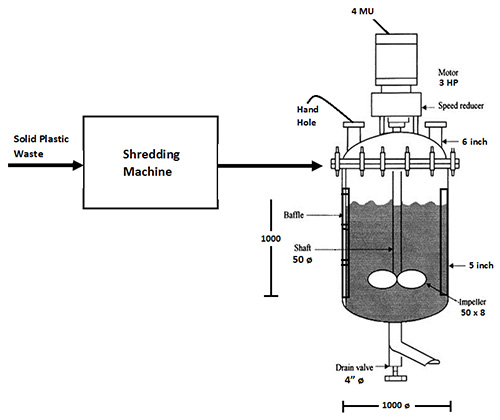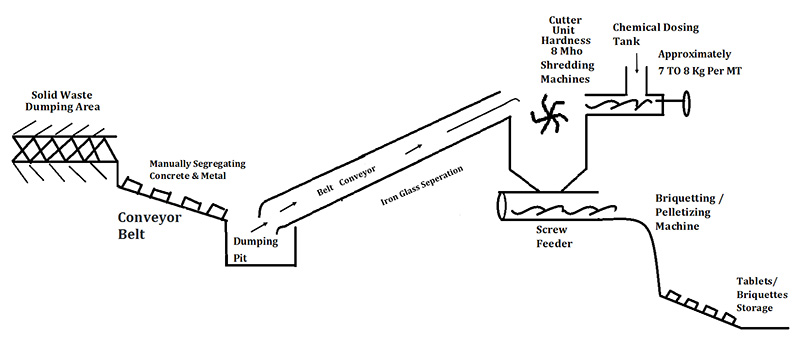

Algae are a large and diverse group of simple, typically autotrophic organisms, ranging from unicellular to multi-cellular forms. There are more than 300,000 algal species are known and studied. Algae can be found growing anywhere, say in water (fresh and marine), in soil, on plants, also on your painted houses. The growth requirement of algae are very simple and make their food through photosynthesis using carbon dioxide form air, water and light energy form sunlight. Algae have an extraordinary potential for cultivation as energy crops. They can be cultivated under difficult agro-climatic conditions and are able to produce a wide range of commercially interesting byproducts such as fats, oils, sugars and functional bioactive compounds. As a group, they are of particular interest in the development of future renewable energy scenarios. Certain species of algae are effective in the production of hydrogen and oxygen through the process of bio-photolysis while others naturally make and store hydrocarbons which are suitable for direct use as high-energy liquid fuels.
Biodiesel from algae:
Algal biomass can also serve as a good raw material for following:
Biofuel is the product you get when a vegetable oil or animal fat is chemically reacted with an alcohol to produce a new compound that is known as a fatty acid alkyl ester. Biofuel is a natural and renewable domestic fuel alternative for fossil fuels derived from crude. At present most of the biofuel is made from vegetable oils, mostly from soya, corn even jatropha. It contains no petroleum, is nontoxic and biodegradable.
Since the raw material currently used for making biofuel are normal agricultural crops and require vast and fertile land, in long term use of these raw materials may not be feasible as it may change and affect the normal food supply for humans. So algae are being considered as the easy and uninterrupted source for manufacturing of biofuel. As the growth require of algae are very simple and they can grow in any water like sea water or brackish water or even in treated waste effluent water.
The process of producing a biofuel from hydrocarbons extracted from algae oils is a relatively simple process that has been proven over many years. The growing of algae for oils/hydrocarbons is a well known process and the production of more or less oil is a function of the selection and feeding of the specific strain of algae.
The finished product, biodiesel, is an environmentally friendly, renewable fuel with little or no noxious gas release during the process of combustion. The production of biodiesel requires one eighth of the energy required to produce ethanol and is usable in its undiluted state. The demand for biodiesel for use in all sectors now serviced by petroleum based fuels is projected to grow at an exponential rate.